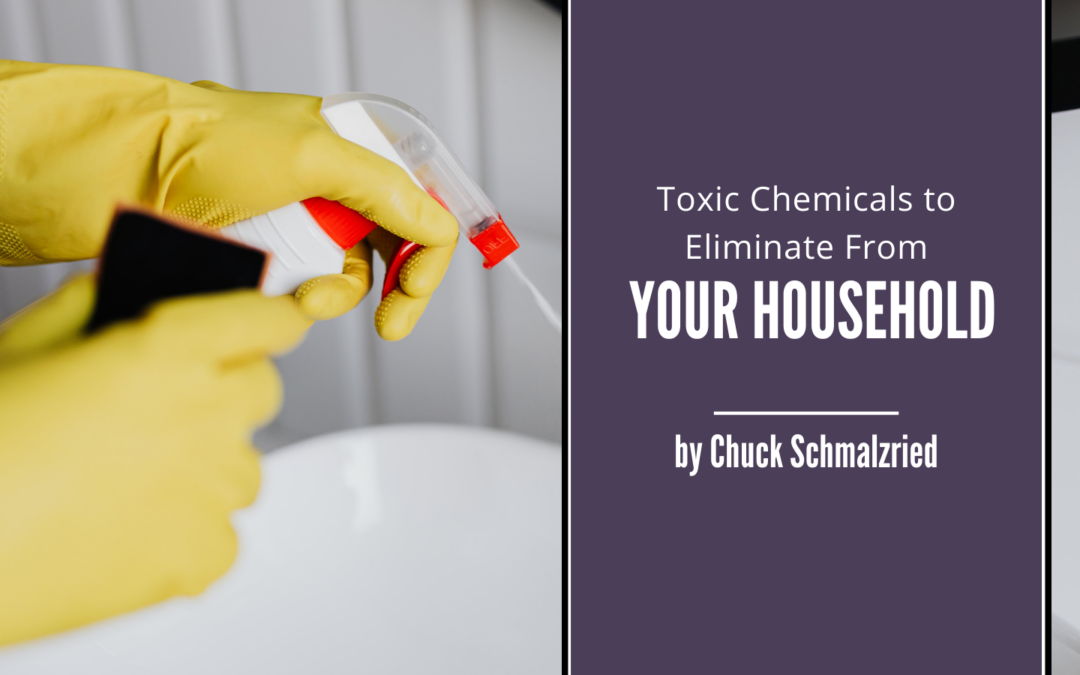The following chemicals can be found in various products and household items. However, their harmful effects are not advertised very often and lead to individuals buying products for their home that contain toxic substances and can lead to a decline in health. Discover a few of these below.
Lead
Found in a wide range of products and household items, such as makeup, toys, and even walls, lead can be an abundant metal. It can cause behavioral and cognitive issues and damage to the body, especially when ingested.
Perfluorinated chemicals (PFCs)
Due to their ability to repel water and grease, PFCs are commonly used in various products, such as food containers and furniture. However, studies have shown that they can cause various health issues, such as cancer.
Volatile organic compounds (VOCs)
VOCs are a group of chemicals that react with sunlight and evaporate into the air, which pollutes the indoor environment. One example of a common type of chemical is Formaldehyde, which can be found in your home. In short, these chemicals can cause various health issues, such as cancer and kidney damage. They can also pose a threat to fetuses and infants.
Benzyl benzoate
A common type of chemical used to kill pests such as ticks and lice is known as an insecticide. It can also be used in various products, such as plastics. However, it is suspected that this chemical is a neurotoxin, which can negatively effect nerve tissue.
Asbestos
Known as a mineral that can endure chemical corrosion and heat, asbestos has declined in use in the U.S. Despite this, it still remains legal to use building materials that contain up to a percent of this material. Before any renovations, it is important to thoroughly inspect the inside of your home to make sure that it is not filled with asbestos fibers.
Formaldehyde
Also known as a methanal or methyl aldehyde, this colorless and odorless gas is used in various products, including textiles, cosmetics, and building materials. The “new” smell of a car, clothes, or mattress is reportedly caused by formaldehyde. It is a known carcinogen and can affect various organs and tissues, including the respiratory, reproductive, and immune systems.
